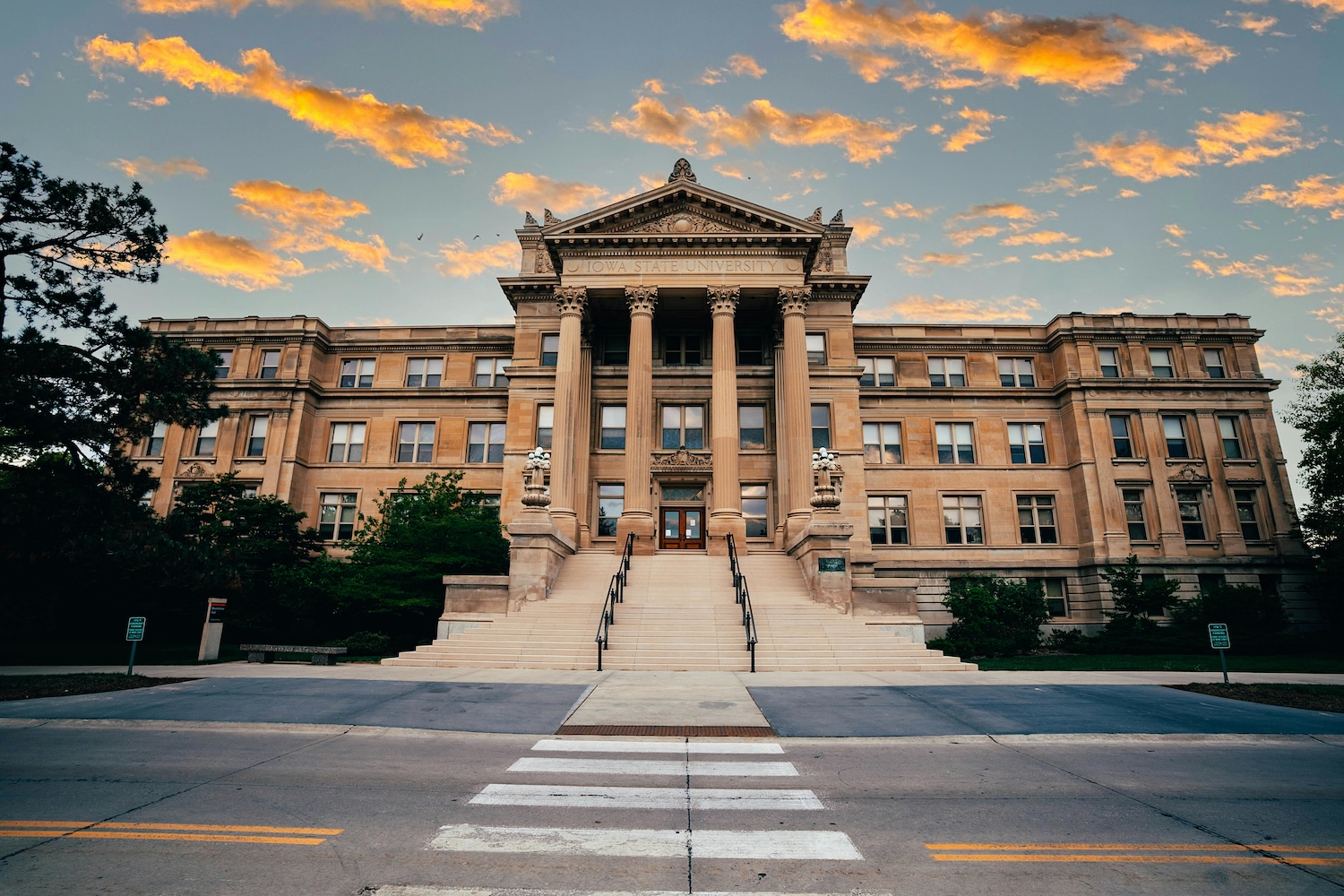5 reasons why more Brits are choosing to study at US universities
Between scholarships and unbeatable educational opportunities, studying in America is all the rage right now. Here are five reasons why, according to the ultimate Ivy League application pros.
From your Ivy Leagues to your Stanfords and MITs, figures are showing more Brits than ever are opting to study across the pond. In fact, there are currently 10,000 British students on undergrad courses in the US. But what’s all the fuss about? No better organisation to shine a light on the benefits American unis offer than A-List Education – a New York founded firm that set up a London office over 10 years ago to meet the booming demand for the US college life.
Able to help with a range of services, from mentoring and advice to tuition and application support, A-List snags Ivy League and scholarship offers galore. Muddy talks to Sam Cox, Head of Client Services and Operations, to get the lowdown.

THE REPUTATION
The US has been considered for some time as the premier destination for higher education. There’s a good data point I use which is an organization called QS who do an annual publication of the top 100 ranked universities from around the world. A lot of it is driven by brand reputation, so 40% of that list is dominated by American universities. MIT has been consistently ranked as the top university in the world for the past few years.
Although the UK does have four entrants in that top 10 (Oxford, Cambridge, Imperial, and University College London), and does remain an incredibly popular destination for students all over the world, the US is arguably the top destination for higher education.
There’s an insane variety of choice when it comes to what you can potentially do in the US. In terms of the clients we work with, Ivy League tends to be very popular – Harvard, Yale, Princeton, and Columbia, and you’ve got some smaller colleges like Cornell and Dartmouth as well. MIT and Stanford are also very competitive for UK students to be admitted to.
But a big part of what we do is try and educate students on what’s available outside the Ivy League which could be smaller liberal arts colleges out in California for example.
A WORTHWHILE INVESTMENT
The US is a substantial investment. I wouldn’t necessarily say the cost of studying in the US has become more affordable because the reality is, especially for elite institutions, it is expensive. The most expensive university experiences in the US can be found in New York, such as NYU where you’re looking at $90k per year for tuition and living costs. It’s not helped by the fact undergraduate degrees tend to be four years as opposed to three. But what I would say is that tuition fees in the UK have been increasing for some time.
When I was at university in 2007, I was paying £3k a year in tuition. Now it’s £9,250 for your average degree – getting on for £30k in total. And if you were doing a law or a medicine pathway, it’s likely to be much, much more. I know there are some people in the Labour Party who would like to abolish tuition fees, but I don’t think that’s going to be on the horizon any time soon. In fact, if you looked at the last two or three years, not Russell Group or Oxbridge, but more mainstream UK universities have been getting in a lot of financial trouble which has been quite well publicised. I think that could be a key driver behind fees actually increasing rather than decreasing.

STANDARD OF EDUCATION & FACILITIES
I think what separates the US and the UK comes down to the style of teaching which is known as the liberal arts curriculum. The main difference between the US and the UK is that in the latter, you apply to a single subject at your university. In America, you don’t apply to a subject, you apply to the institution, and there’s much less pressure on you to declare a major until you’re about halfway through your degree.
What this does is opens up a lot of doors for students academically, it allows them to experiment with different classes. They may have an idea of what they want to do down the line, but they’ll also be encouraged to take other subjects like social sciences, humanities, languages. The liberal arts style of curriculum is the key reason why degrees take longer to complete because it’s four years, not three. The idea is you get a much more well-rounded education and you’re much more ready for the world of work.
I would say, regardless of your chosen discipline, one of the key advantages is the amazing resources and facilities these unis have. If you’re an athletic recruit, let’s say, that could be a massive stadium or basketball court facility. If you’re a scientist, it could be lab facilities. A lot of these top universities are big commercial behemoths in many ways and that feeds into the kind of facilities they’re able to give to their students.
SCHOLARSHIPS
There are lots of scholarship opportunities available for UK students. If there’s a merit aspect to someone’s application or perhaps they’re going on a sporting scholarship, there are opportunities to negate that cost if you have the necessary talent to reach that level.
At A-List, that’s such a key part of what we do with clients, helping them navigate the application process. A great example is the Morehead-Cain Scholarship at the University of North Carolina at Chapel Hill, which many of our A-List students have won. It’s a particularly prestigious public university and it’s where Michael Jordan went! The whole package includes the majority of the cost of attending the college, equating to a six-figure dollar sum.
When we looked at the cumulative scholarship awards of all A-List students last year, finishing 2023, they’ve been awarded $3.5m collectively. So there is scholarship funding out there. I think the caveat is that it’s a very competitive, rigorous process. In most cases, they’re merit based or athletic scholarships so we help people navigate that through applications, essays, and statements. For Ivy League institutions, the admissions rates are about 3-5% so you really need to have a competitive edge to your overall application.

ACCEPTANCE RATES
There’s lots of opportunities, particularly in athletic recruitment. Many US universities are very, very active in recruiting athletes or sports people. I’m currently working with a student who has an offer to row for Princeton which would include substantial financial aid because he’s actually a state school student. I think the fact he doesn’t come from a wealthy background, but is very talented at rowing, goes to show US universities are very active in how they identify talent. I think the sporting route is increasingly a way that UK students can not only get into top institutions, but they can also get financial aid.
US universities put a lot of effort into making sure their cohort for the year is well-represented globally. I think also because of our shared history, our shared language, and perhaps some cultural similarities, UK students are attractive to top universities in the US. The Ivy Leagues, for instance, Harvard, would probably take somewhere between 25 to 35 British students a year.
ANYTHING ELSE?
It’s worth noting we have a lot of students who go on what we call a dual track basis. So they’ll be applying to, likely Oxbridge (often with guidance from our sister company Oxbridge Applications), and also Russell Group universities on their UCAS. They’ll also be making what’s called the Common Application, which is Ivy Leagues and similar institutions. So I think UK students that are thinking about applying to the US should not necessarily be put off by the work that goes into applying to UK universities. Because, actually, we’ve been getting some students who’ve been getting fabulous results and offers on both sides of the Atlantic – Ivy League and great UK universities too.
Want to find out more about A-List Education? Register online for free here and receive a wealth of resources, including their complimentary webinar library to watch on-demand. Or contact them at info@alisteducation.co.uk and +44 (0)20 3004 8101.
So what does it really take to get into US unis? Read on here.
You may also like

















